Ten Best Places to Visit in Bhutan
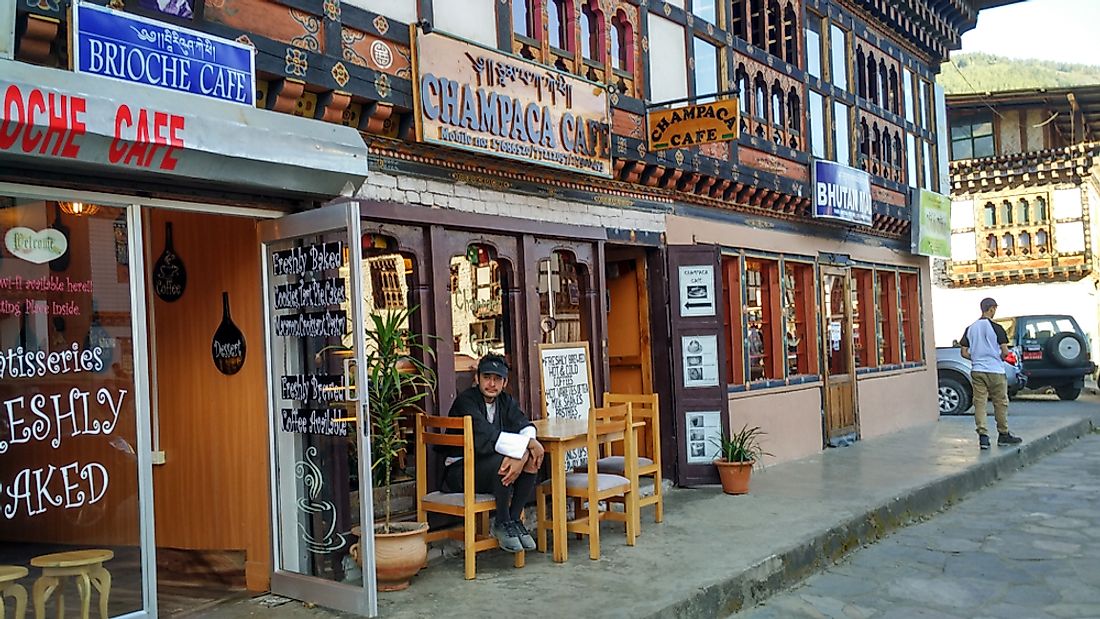
The Kingdom of Bhutan is a small nation in South Asia, nestled in the heart of the Himalayas. The country is famous for its natural splendor, which features tall, ice-capped peaks, mountain rivers, massive glaciers, lush green forests, and rich biodiversity. There are several popular historical, cultural, and religious destinations for tourists. Here is a list of some of the best places to visit in Bhutan:
10. Phobjikha Valley And Gangtey Treks
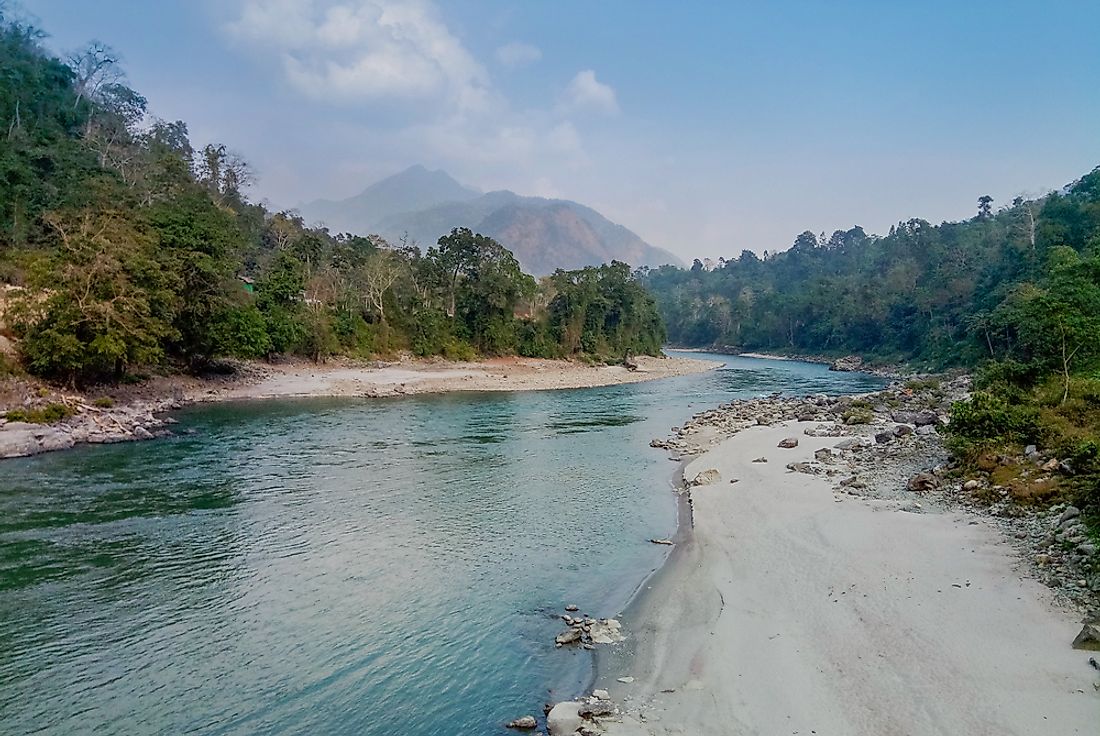
The Phobjikha Valley is well known for its scenic beauty. The famous Gangteng Monastery of Bhutan is located here. Every winter, rare black-necked cranes from Tibet visit the valley to roost. Interestingly, these cranes are known to circle the Gangteng Monastery three times as they arrive in the valley near the last week of October. As they depart the valley, they perform the same act of circling the monastery three times. The Crane Festival is held each year at the monastery to welcome the cranes into the valley. The Phobjikha Valley is also rich in biodiversity, and hosts 13 globally threatened species. The Phobjikha Valley and Gangtey treks are popular activities for tourists visiting the region.
9. Royal Manas National Park
Stretching from the banks of the Manas River to the ice covered tops of the Himalayan mountains, the Royal Manas National Park is a treasure of Bhutan waiting to be explored. It is the country’s oldest national park and occupies an area of 1,057 square km. The park is home to the nation’s charismatic megafauna, such as Bengal tigers, elephants, wild water buffalo, and rhinoceroses. A large number of birds, including four species of hornbills and other rare species, also inhabit the park.
8. Punakha
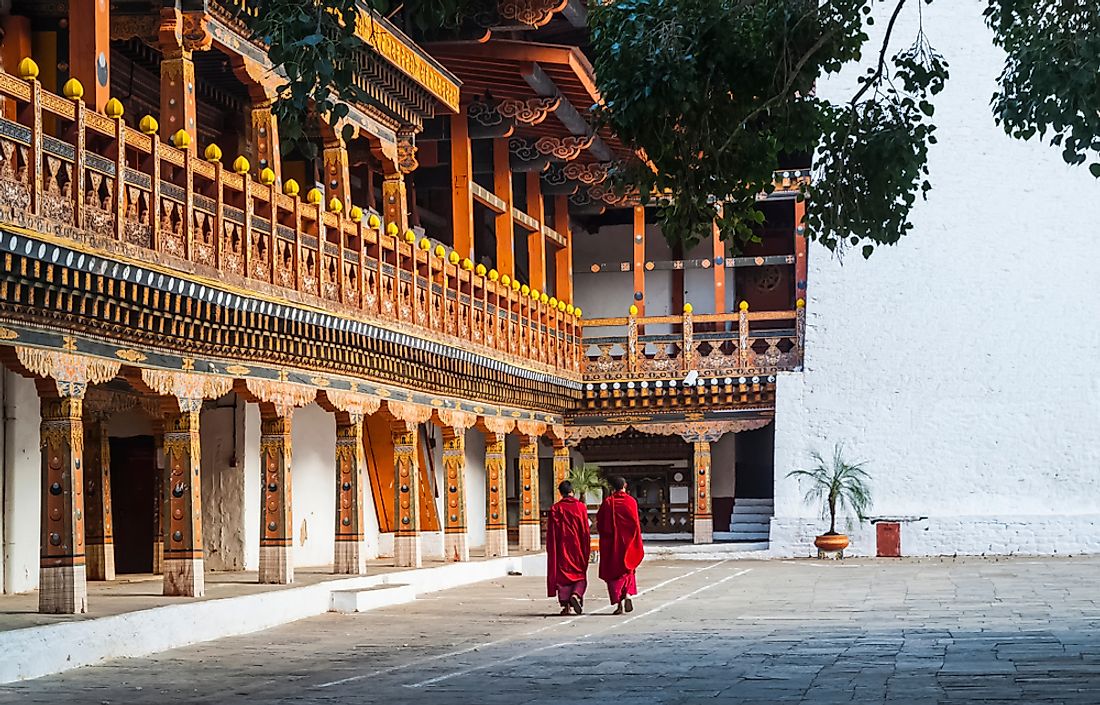
Punakha is a town and administrative center of the Punakha dzongkhag (district), and served as the capital of the Bhutanese government until 1955, when it was replaced by Thimphu. Punakha is located at an elevation of 1,200 meters and is most famous for the Punakha Dzong. Also known as the Palace of Great Happiness, construction of the Punakha Dzong began in 1637 and was completed within two years under the command of Zhabdrung Ngawang Namgyal. It is the most beautiful Dzong of Bhutan and houses sacred Buddhist relics. The first king of Bhutan was coronated at this site in 1907. Located at the junction point of two mountain rivers, the Punakha Dzong is vulnerable to flash flooding when the glaciers melt during warm periods. Tourists to Punakha can also visit the tiny Ritsha village nearby, which features homes made from pounded mud with stone foundations. Rice fields and gardens surround these houses. The rice grown here is famous throughout Bhutan.
7. Sakteng Wildlife Sanctuary
The Sakteng Wildlife Sanctuary is a protected area spanning parts of Bhutan's Trashigang and Samdrup Jongkhar Districts. The sanctuary is home to several endemic species of flora and fauna, like the eastern blue pine and the black-rumped magpie. The origins of the sanctuary are associated with an interesting tale. Unlike most other protected areas of the world that are established to protect the wild flora and fauna of the region, the Sakteng Wildlife Sanctuary was established to protect the migoi, a cryptid creature similar to a yeti. Although there is no scientific evidence to prove the creature's existence, locals strongly believe that the migoi lives in the region.
6. Bumdeling Wildlife Sanctuary
The Bumdeling Wildlife Sanctuary encompasses an area of 1,520.61 square km in northeastern Bhutan and is one of the top natural attractions in the country. The elevation of the sanctuary ranges between 1,500 meters and 6,000 meters. The Bumdeling Wildlife Sanctuary was established in 1998 and features a rich biodiversity, scenic landscapes, alpine lakes, and picturesque valleys. The sanctuary is a favorite destination of bird lovers around the world. In fact, it has been identified as an Important Bird Area (IBA). Black-necked cranes, grey-crowned prinias, and wood snipes are some of the notable birds of the sanctuary.
5. Lhuntse Dzong
The Lhuntse Dzong is a Buddhist monastery and dzong located in eastern Bhutan’s Lhuntse District. The Kuri Chhu river flows near the dzong along a scenic valley surrounded by high peaks. The monastery was built in 1543 and underwent a series of modifications since then to attain its present form. The dzong served as the ancestral home of the Wangchuck Dynasty in the past. The Lhuntse Dzong features five temples and an assembly hall for monks. The Khoma village is a nearby attraction, famous for the Kishu Thara, which is an intricate woven silk cloth.
4. Paro
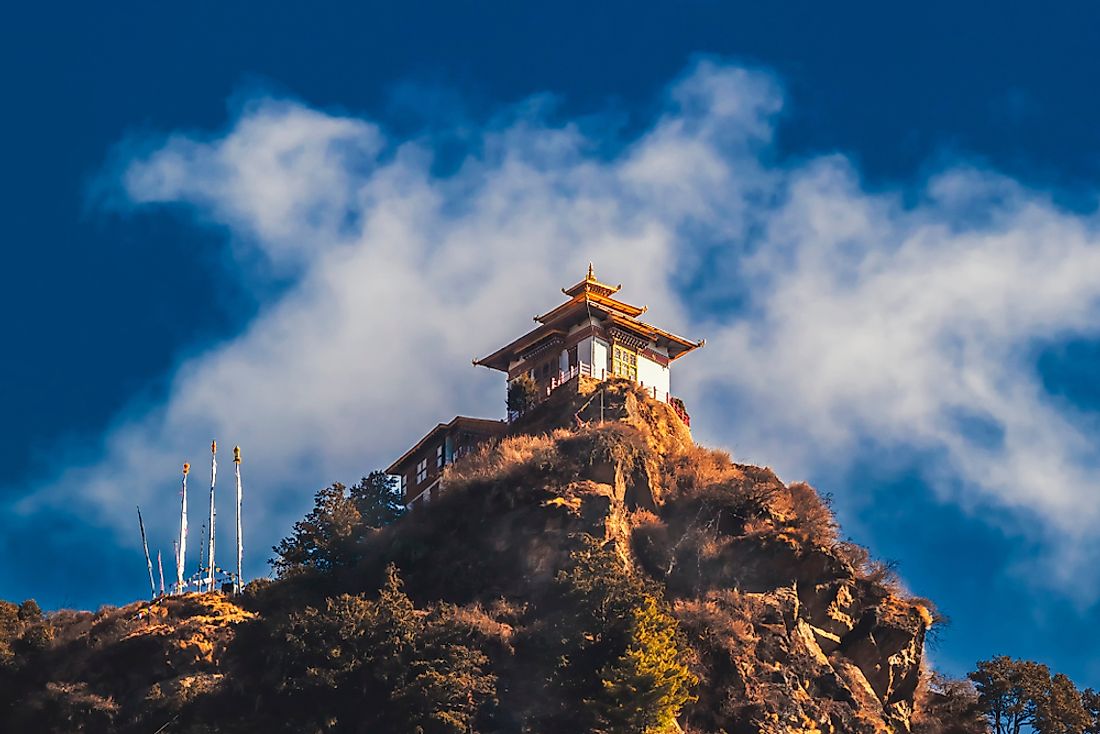
Paro is a town that is home to several important sacred and historical sites in Bhutan. It is located in the Paro Valley and hosts the country's only international airport. One of the major attractions in Paro is the Rinpung Dzong, a Buddhist fortress and monastery, which has been included in Bhutan's Tentative List for inclusion as a UNESCO World Heritage Site. The famous Taktsang Monastery is also accessible from Paro. The town also features examples of traditional architecture, boutique shops, and local restaurants.
3. Taktsang Monastery
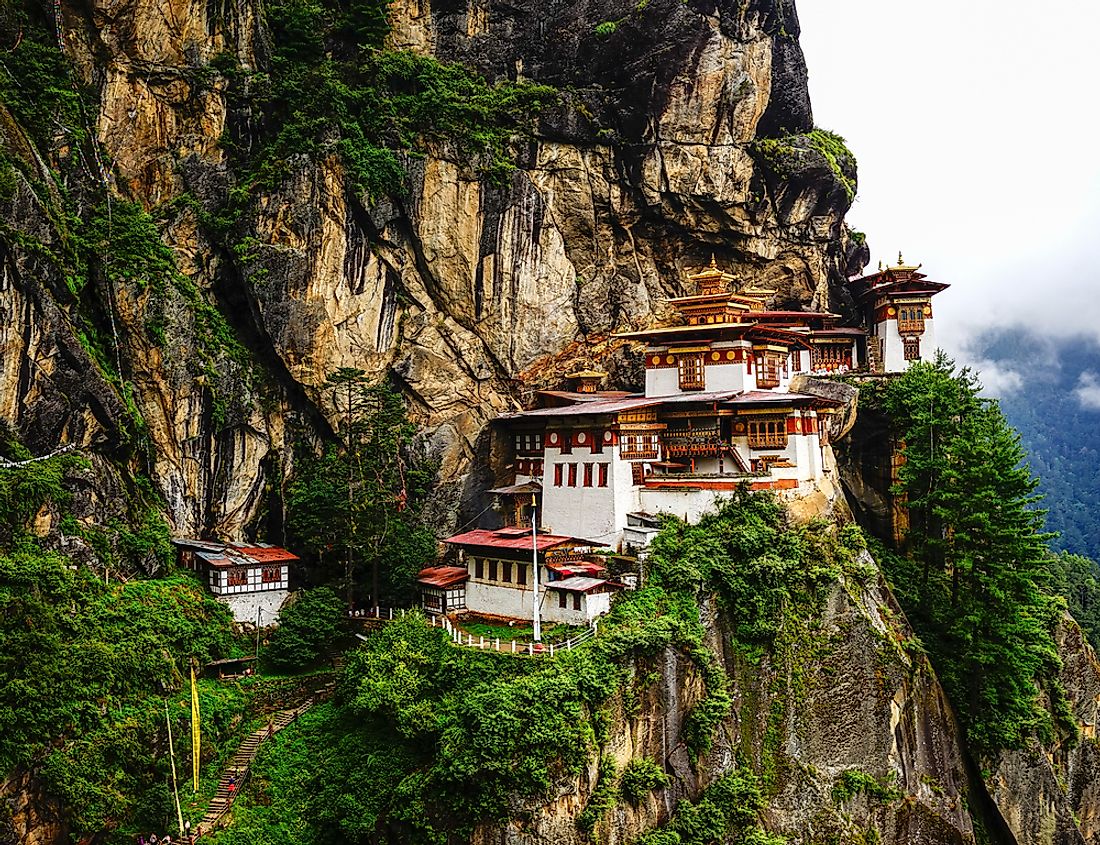
Renowned for its beauty and uniqueness, the Taktsang Palphug Monastery, also known as the Paro Taktsang and the Tiger's Nest, is a Buddhist sacred site precariously located on a cliffside high on the Himalayas in Bhutan’s upper Paro valley. The monastery was established in 1692 and is believed to be the site where Guru Padmasambhava, the tutelary deity of the country, meditated for years. The monastery is visited by both ordinary tourists and renowned personalities from across the world. After trekking for three hours, Prince William and Kate Middleton visited the site on April 15, 2016.
2. Jigme Dorji National Park
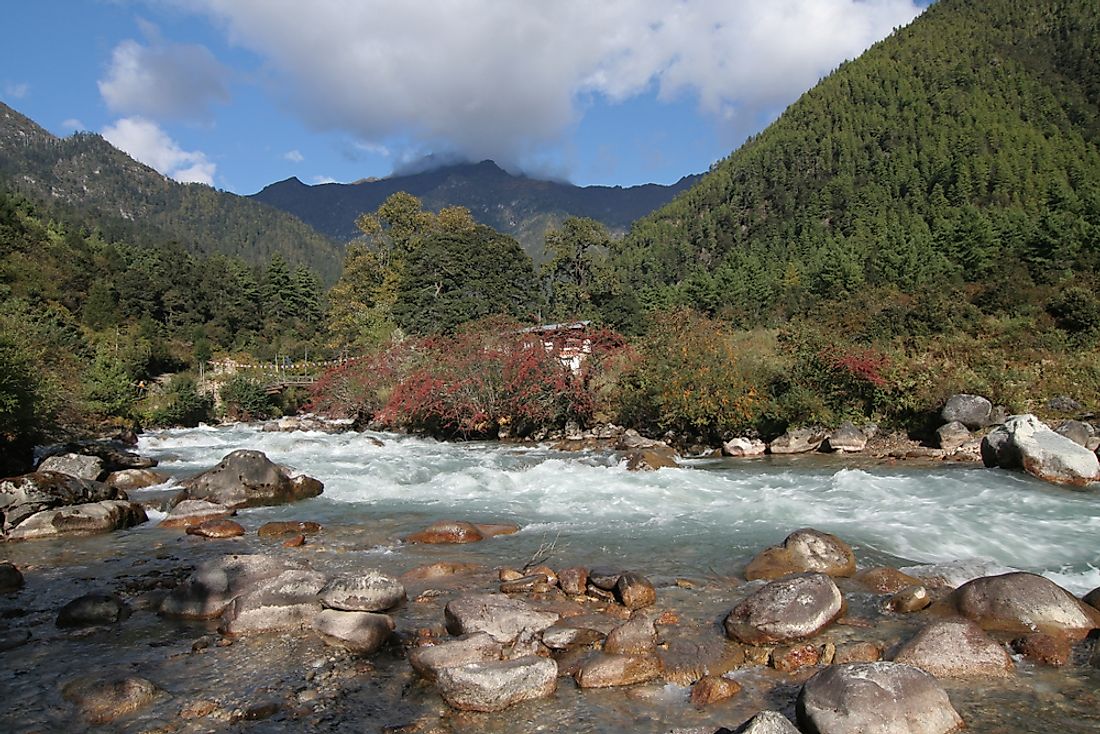
The Jigme Dorji National Park is a picturesque wilderness area in Bhutan. The park was established in 1974 and now occupies an area of 4316 square km. The elevation of the park ranges between 1,400 and 7,000 meters and encompasses a wide variety of habitats that change with altitude. The Jigme Dorji National Park is a perfect destination for wildlife lovers, as it home to more than 37 species of mammals. These include fierce predators like the Bengal tiger, Himalayan black bear, clouded leopard, snow leopard, and the Indian leopard. The national park is also rich in herbivore fauna, like the takin, barking deer, goral, and sambar. Additionally, the park hosts several birds of vibrant colors that are a pleasure to watch. The Jigme Dorji National Park also offers a spiritual experience to the visitor and several sites of cultural importance.
1. Thimphu
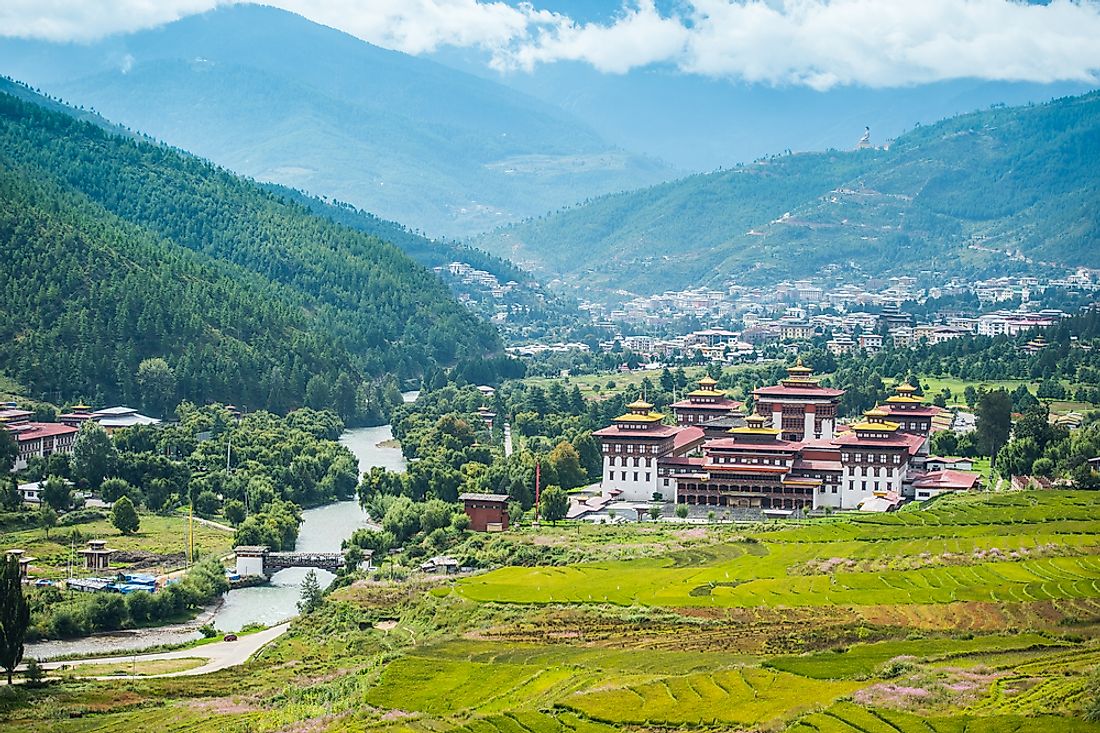
Thimphu is the capital and only city of the Kingdom of Bhutan. Located in the heart of the country, it is the world’s third highest capital city by altitude. It stretches along the western bank of the Raidāk River Valley. Thimphu fully reflects the culture of Bhutan and therefore is the country's most visited destination. The most notable attraction in Thimphu is the Tashichho Dzong, a fortress and Buddhist monastery at the city’s northern edge that has traditionally served as the seat of the head of the Bhutan's civil government, known as Druk Desi. Other attractions in Thimphu include the Simtokha Dzong, Dechen Phodrang Monastery, Dechencholing Palace, Tango Monastery, Buddha Dordenma, and Memorial Chorten. The Motithang Takin Preserve is a top nature attraction in Thimphu. Originally founded as a mini-zoo, the attraction has been upgraded to a preserve and houses a significant population of the national animal of the country, the takin.







